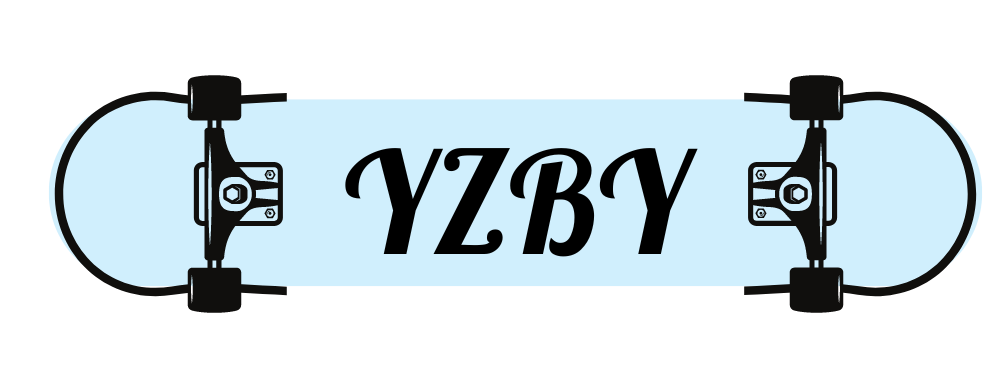Skateboard related
Skateboarding Basics: From Beginner to Pro
Skateboarding is not only an exciting and dynamic sport but also one filled with challenges and skills to master. Whether you’re a complete beginner or looking to refine your technique, mastering the fundamentals is the key to progressing. If you’re new to skateboarding, or you simply want to level up your skills, this article will provide you with a clear roadmap—from learning the basics to mastering advanced tricks.
1. Understand Your Skateboard: Choosing the Right One
Before diving into any tricks, it’s crucial to choose the right skateboard. There are various types of skateboards, each designed for different purposes:
- Street Skateboards: Ideal for performing tricks and street skating, with a shorter, more flexible design.
- Longboards: Best for cruising, downhill riding, and long-distance travel due to their stability and smooth ride.
- Park Skateboards: Designed for skate parks, they focus on grip and smooth flow while skating on ramps.
As a beginner, starting with a skateboard designed for cruising or basic street tricks is a good idea, such as a street skateboard or longboard. Ensure your skateboard is of good quality to withstand regular use.
2. Correct Riding Stance: Stability and Comfort Are Key
The first thing you need to master when starting skateboarding is the correct stance. Your stance plays a huge role in your stability and control. Here’s how to get it right:
- Stance: There are two common stances in skateboarding—Regular (left foot forward) and Goofy (right foot forward). To determine your stance, you can try to push yourself on a skateboard to see which foot naturally leads the way.
- Knee Flex: Keep your knees slightly bent—never locked straight. This helps absorb shocks, improves balance, and gives you more control over your board.
- Upper Body Position: Stay relaxed with your shoulders aligned naturally and look ahead (not down). This will help maintain your balance and keep you centered on your board.
3. Basic Riding Techniques: Learning to Control Your Skateboard
Once you’ve got your stance down, it’s time to learn how to move and control your skateboard:
- Pushing: To start moving, place your back foot on the tail of the board and push off the ground with your front foot. Keep your balance and steer with your front foot as the skateboard glides.
- Braking: To stop, you can use the foot brake, where you place one foot on the ground and drag it to slow down. Alternatively, use the sliding brake, which involves gently leaning back and using the back foot to slow your board to a stop.
- Turning: To turn, lean your body slightly to one side to shift the board’s weight, and steer with your front foot. You’ll use your weight to guide the direction and make smooth turns.
4. Basic Jumping Technique: How to Do an Ollie
The Ollie is a fundamental skateboarding trick and the foundation for many other advanced tricks. By learning the Ollie, you can make your skateboard jump into the air and perform various aerial tricks.
- How to practice the Ollie: First, place your back foot on the tail of the skateboard and push down with force. At the same time, use your front foot to lift the board’s nose up. Quickly jump upwards, pulling the skateboard beneath you while maintaining your balance. The height and control of your Ollie will improve with practice.
Mastering the Ollie not only helps you get better at jumping but also sets the stage for advanced tricks like the 360-degree spin, grab tricks, and more.
5. Practice Balance and Control: Advancing Your Skills
Once you’re comfortable with basic riding and jumping, it’s time to work on your balance and control:
- Skateboard Walking: Practice “walking” your skateboard by alternating feet to keep the board rolling steadily. This is a great way to improve balance.
- Obstacle Practice: Start practicing jumping over small obstacles, such as curbs or rocks. This will enhance your control over the board and boost your confidence.
- Street Skating: Explore more complex environments, like skate parks or open streets, to practice your tricks. Try navigating ramps, grinding on rails, or doing slides for an added challenge.
6. Patience and Consistent Practice
Skateboarding is a sport that requires time, patience, and consistent practice. As a beginner, you may fall or struggle with certain tricks, but this is all part of the learning process. The more you practice, the more you’ll progress in your skills.
Conclusion
From learning the basic riding techniques to mastering advanced tricks, skateboarding offers endless challenges and excitement. Each step you take on your skateboard brings you closer to mastering the sport. With time, patience, and consistent practice, you’ll improve your skills and develop your unique skateboarding style.
If you’re ready to start your skateboarding journey or upgrade your skateboard setup, visit our website yzby.shop to find the perfect skateboard for you. Join the skateboarding community and start pushing your limits today!

